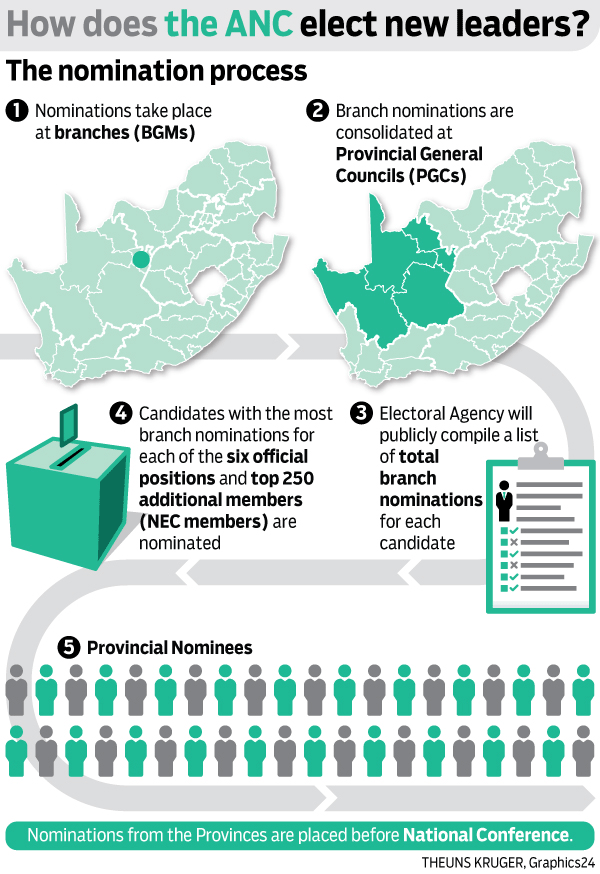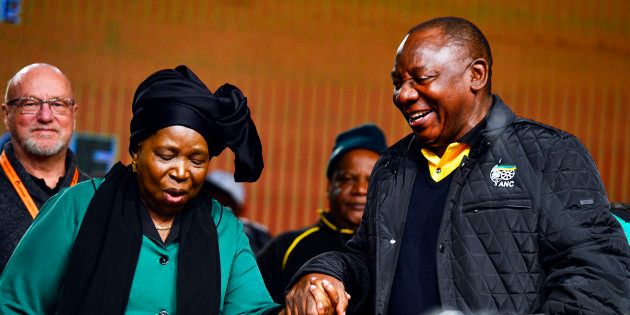
ANALYSIS
The ANC's provinces have completed their provincial general councils and Deputy President Cyril Ramaphosa is leading Nkosazana Dlamini-Zuma, according to the number of nominations by branches.
There is still a lot of lobbying and gerrymandering to take place before an approximate 5,200 ANC delegates converge on Nasrec next week, but a clearer picture is definitely starting to emerge -- and one in which Ramaphosa is better off than his opponent.
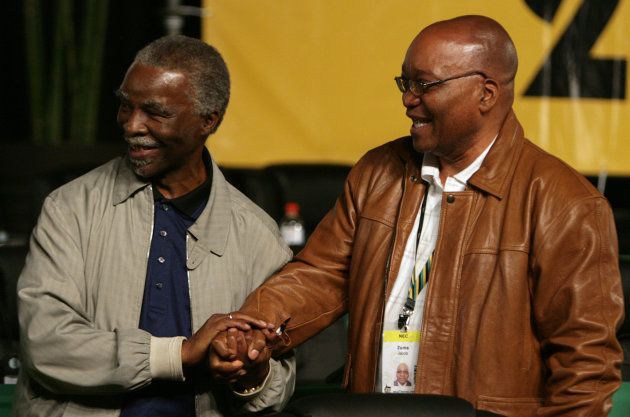
In 2007, President Jacob Zuma claimed the support of six of the nine provincial general councils, with then-president Thabo Mbeki scalping three. Mbeki's campaigners were unperturbed, however, arguing that they have their strategies in place and that provincial mandates couldn't be taken at face value. They believed delegates would vote differently at conference than they did at branches or at the councils. They were wrong and Zuma beat Mbeki by roughly the same margin weeks later.
STATE OF PLAY: RAMAPHOSA
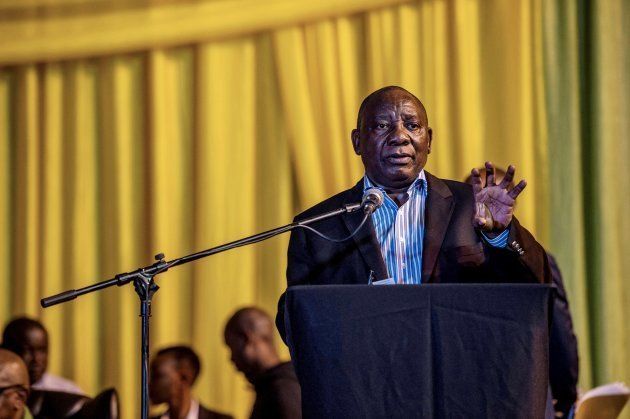
- The former NUM general secretary received the most branch nominations by far. There is general consensus that he has secured 1,862 nominations, which is a sizeable number more than his opponent.
- Five provinces (Western Cape, Northern Cape, Gauteng, Limpopo and Eastern Cape) have pledged their support to Ramaphosa with the lowest percentage of support being 79% in Limpopo. He received north of 85% support in the rest.
- Ramaphosa had to win convincingly in the Eastern Cape, which he did, securing 423 branches and support of 87.4%. With KwaZulu-Natal still being the biggest province in terms of delegates and the Eastern Cape pipped into second position by Mpumalanga, Ramaphosa had to claim the province by a landslide. He did that.
- KwaZulu-Natal and Mpumalanga were always going to be Ramaphosa's big challenge. His showing in both provinces have put them firmly into play, with the abstentions in Mpumalanga throwing a spanner into the works. He received a quarter of all branch nominations there while 191 branches out of 688 (27,8% support) in KwaZulu-Natal is a decent showing.
- When you extrapolate the branch nominations to the branch delegates, Ramaphosa seems to be in the lead with around 50% of support.
STATE OF PLAY: DLAMINI-ZUMA
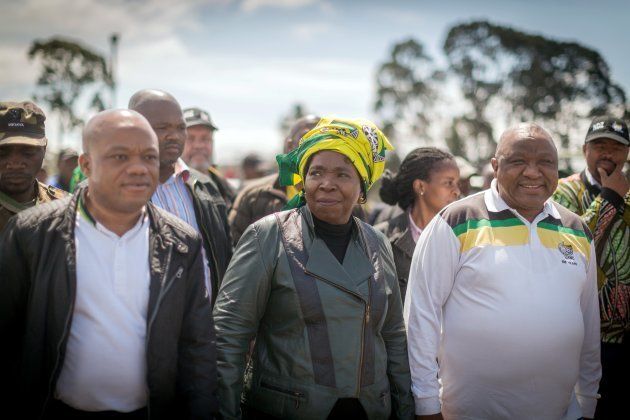
- Her victory in KwaZulu-Natal wasn't as comprehensive as her campaign had hoped, with 66% of branches pledging support to her. Surprisingly, a number of branches abstained, while Ramaphosa received a large chunk of nominations.
- Given KwaZulu-Natal's position as Zuma's base and the effort she has put into campaigning there (a municipality was even named for her), the results would have been disappointing.
- Her number of actual nominations (454), however, remain the biggest, with Ramaphosa's 391 in Limpopo the closest contender.
- Mpumalanga has been a battleground ever since it started pumping up its membership numbers and displaced the Eastern Cape as the second biggest province. But NDZ didn't manage to secure the unified support of branches, with almost half preferring to abstain. She secured 27% support and Ramaphosa 25.3%.
- When you extrapolate the branch nomantions to the branch delegates, Dlamini-Zuma is trailing Ramaphosa by approximately 10% of delegates.
GAMEBREAKERS
- Mpumalanga remains key. Roughly 50% of branches declined to nominate one or the other candidate, preferring to write "Unity" on their ballot papers. The province -- in the form of David Mabuza -- is leaning towards Dlamini-Zuma. Ramaphosa has a lot of work to do.
- Lobbying over the next 10 days will be intense and ferocious. Both camps will be gathering intelligence on the delegates who will be representing branches at the conferences and will be making direct contact with every single one of them. There are no guarantees that a delegate will carry out branch or provincial mandates.
- Dlamini-Zuma has an ace up her sleeve: the 10% of voting delegates derived from provincial and national executives as well as the leagues (women, youth and veterans) will probably mostly vote for her.
